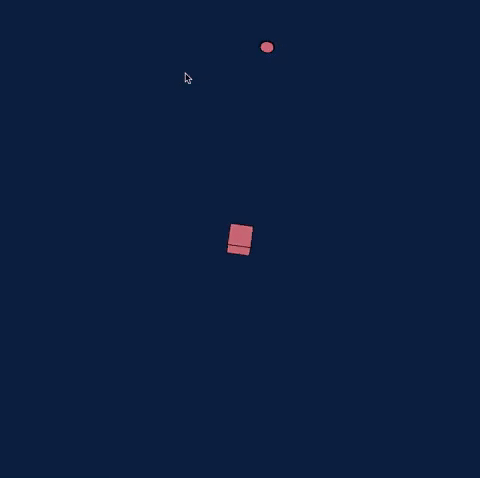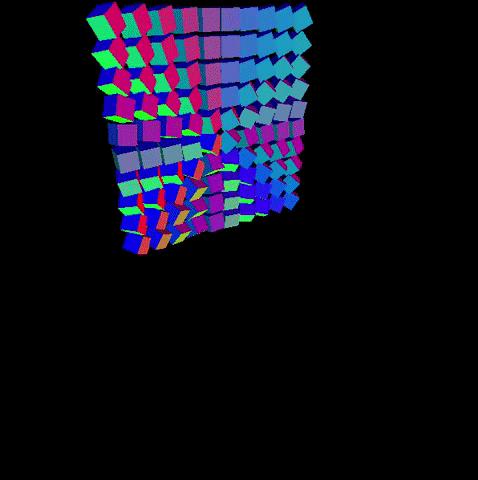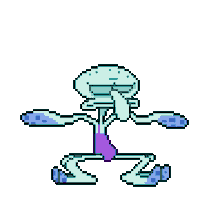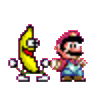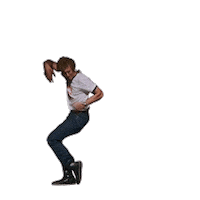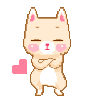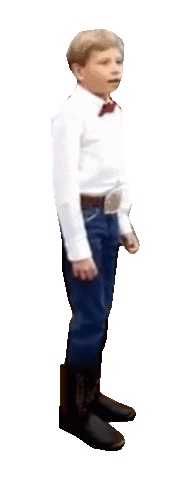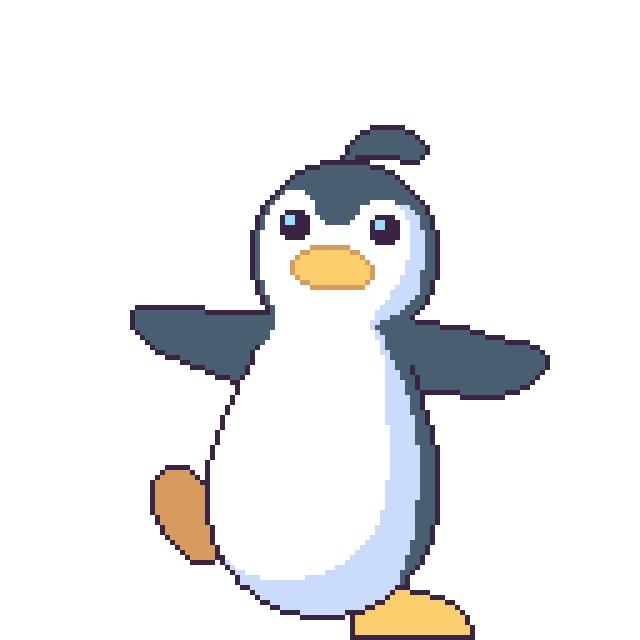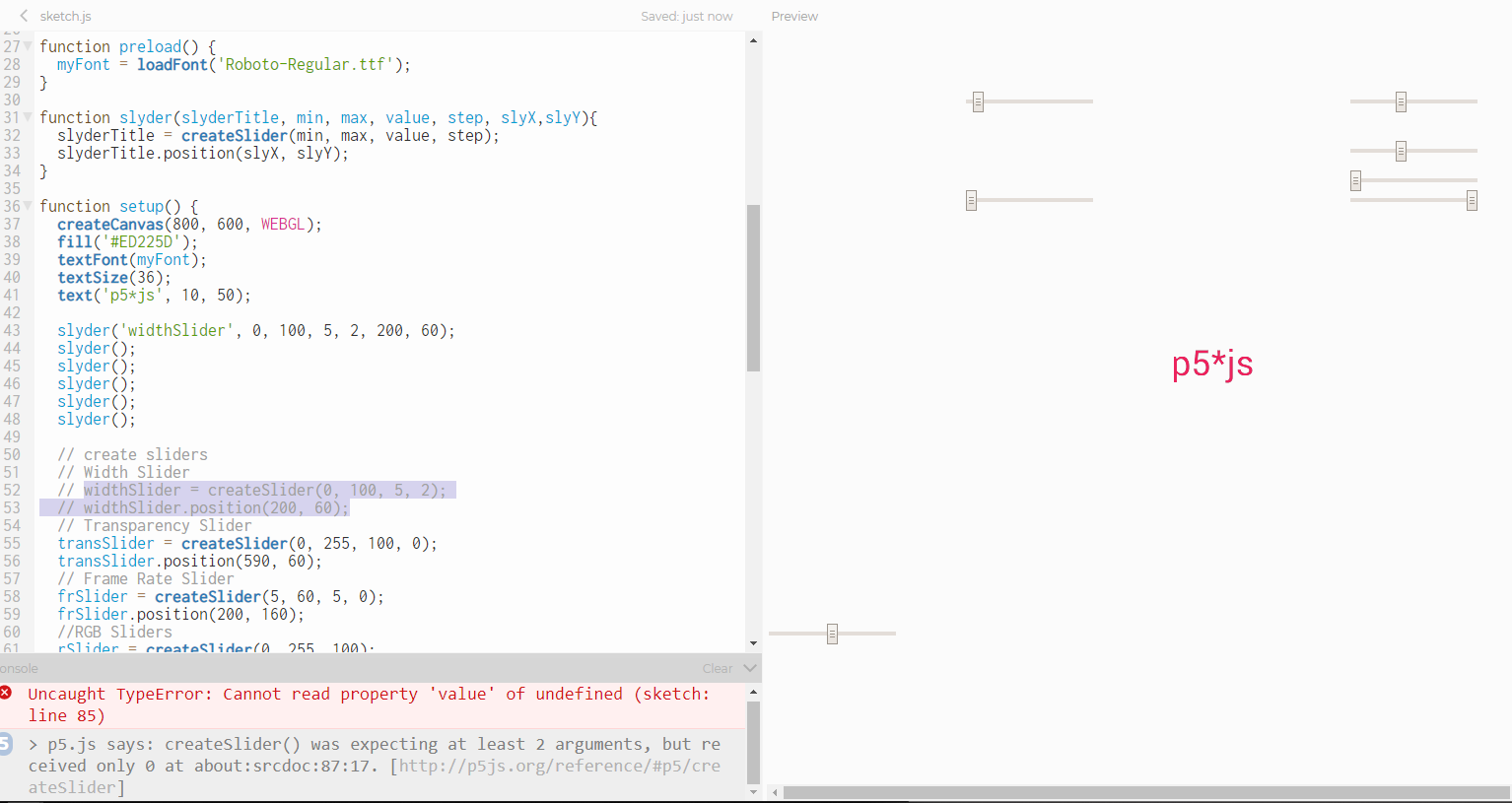Last year, I remember a friend of mine had told me to check out the new immersive VR experience by Alejandro González Iñárritu titled Carne y Arena, a simulation of what refugees experience at the US - Mexican border when being apprehended by border patrol. In retrospect, I feel embarrassed now that my initial thoughts were something along the lines of “Wow! He directed Birdman, it must be really good. Whoa, you put on a VR set and wear a backpack and are ushered into a room of sand. This is going to be an experience.” I admit to being at first curious about the production quality, the setup of the immersive experience, the VR technology that drives it, the cinematic visuals that accompany the narrative - before settling into the idea that I’d be entering someone else’s nightmare.
A past professor of mine started a discussion around the term “poverty porn” and how there are several VR experiences that give privileged audiences a momentary slice of another’s exploited living conditions. While it can be profoundly effective in changing people’s perspectives and disposition after, I feel that there should be mandatory action that directly helps the subject of the VR experience.
This also reminded me of the episode of Hidden Brain titled “You 2.0: The Empathy Gym” Here, Jamil Zaki speaks with host Shankar Vendatam:
"ZAKI: I think a lot of us have this experience when we see, for instance, a homeless individual on the sidewalk ahead of us. I've heard of people who cross the street to avoid that encounter maybe because they don't want to sort of see that person's suffering close up because it will make them feel sad or guilty or both.
VEDANTAM: There's some irony there, isn't there, which is that the person who is likely to actually be more empathic is also the person who's likely to cross the street because they recognize that the empathy that they have inside them is going to make them feel bad.”






















